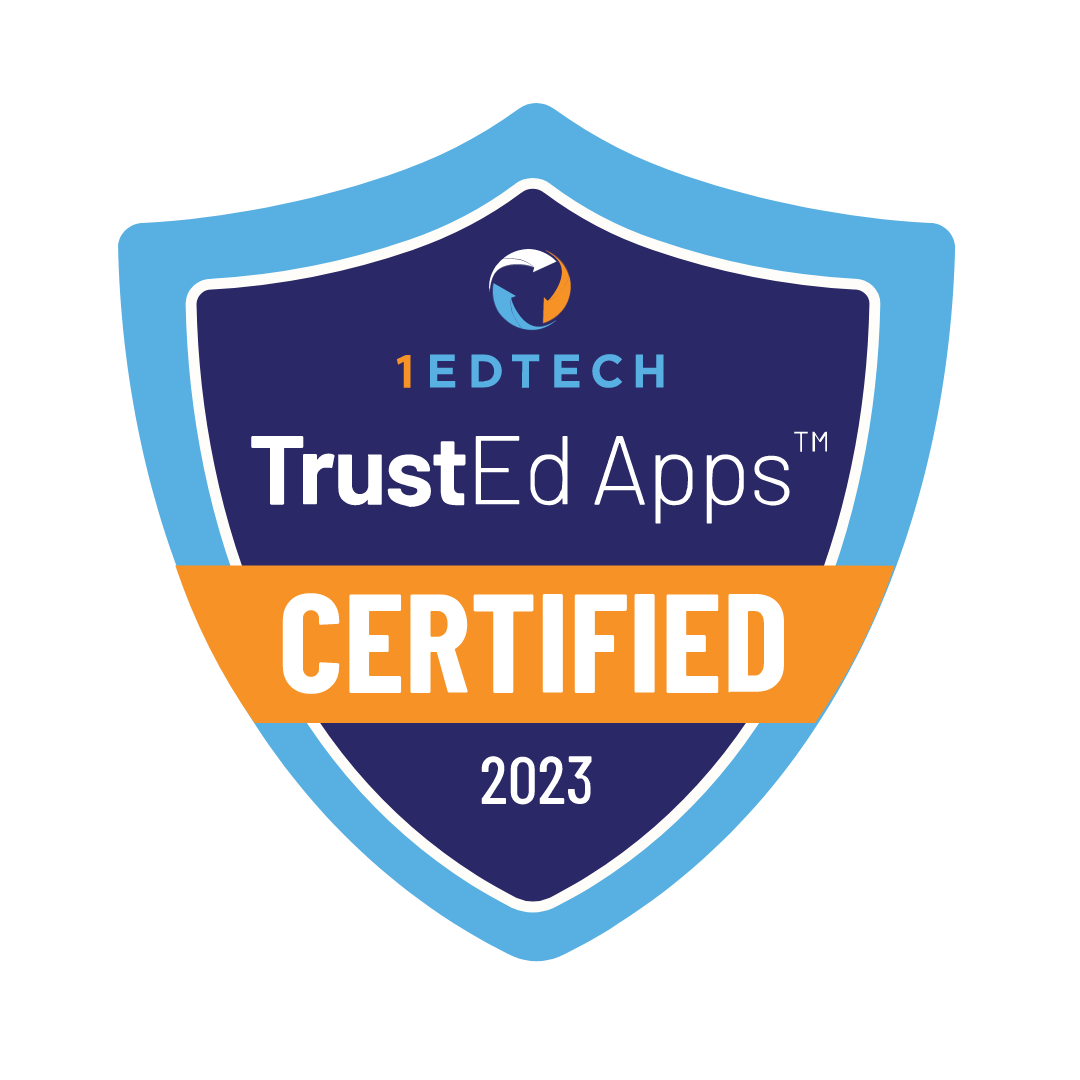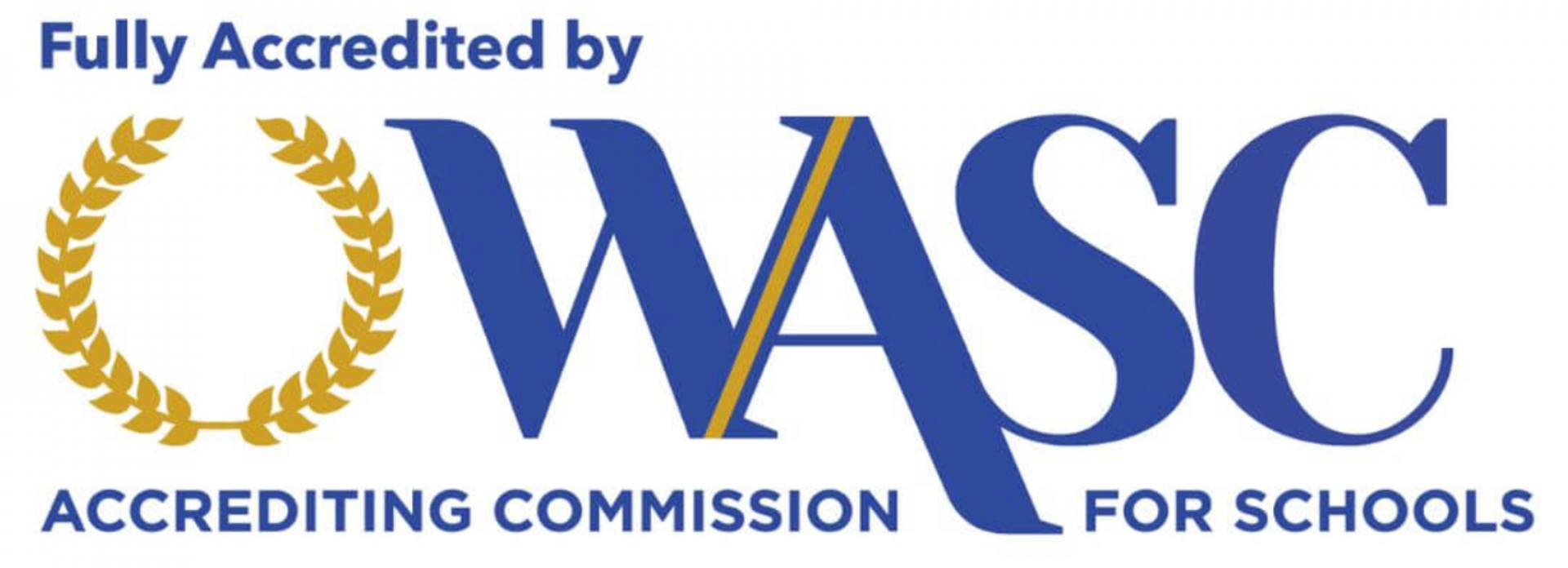The content of the publication
In recent years, online elementary schools have emerged as a viable alternative to traditional schooling, offering flexibility and personalized learning opportunities. However, one of the primary considerations for parents is the cost associated with this mode of education.
Understanding the Costs
Navigating the financial landscape of online elementary education requires a thorough understanding of various cost components. Let’s delve deeper into each aspect to provide parents and guardians with a comprehensive view.
Tuition Fees
Tuition fees are the most direct costs associated with online elementary schools. These fees can vary significantly depending on several factors, including the type of school (public, private, or charter), the quality of the program, and the level of individual support provided to students. Public online schools might offer tuition-free education, funded by state education budgets, while private institutions could charge more due to specialized curricula and enhanced support services. It’s crucial for parents to research and compare tuition rates, keeping in mind that higher fees do not always guarantee a superior education.
Technology and Software
The backbone of online education lies in its use of technology. Parents must ensure their child has access to a reliable computer or tablet, a stable internet connection, and any required software programs. While some schools provide necessary software as part of their tuition, others might require additional purchases. Moreover, keeping technology up-to-date can involve further investments over time. Considering these expenses is essential for a smooth and uninterrupted learning experience.
Supplementary Materials
Though online schooling significantly relies on digital resources, there’s often a need for physical materials such as textbooks, workbooks, and science kits. Some schools include these materials in their tuition fees, while others list them as additional costs. Budgeting for these supplementary materials ensures students have all necessary tools for their coursework.
Extracurricular Activities
Online elementary schools may offer extracurricular activities ranging from language clubs to coding classes. While these programs enhance the educational experience by developing additional skills and interests, they can also increase the overall cost. Participation is usually optional, allowing families to decide based on interest and financial capacity.
Comparing Online and Traditional Elementary School Costs

When considering online education, it’s helpful to compare its costs with those of traditional brick-and-mortar schools.
Initial Costs
The initial investment in online education primarily revolves around technology. Purchasing or upgrading a computer, securing a high-speed internet connection, and acquiring necessary software can add up. However, this is somewhat offset by the lack of traditional school expenses such as uniforms, transportation to school, and often pricey school supplies.
Ongoing Expenses
Ongoing costs in online education can be lower than those of traditional schools. Without daily commutes or school lunch expenses, families can save considerably. Additionally, digital textbooks and resources can be less expensive than their physical counterparts. However, parents should also factor in the potential need for periodic technology updates and the cost of any additional support services or tutoring.
By understanding these cost components, parents can make informed decisions about their child’s education. Online elementary schooling presents a flexible and personalized learning option, but it comes with its own set of financial considerations. Balancing these costs with the benefits of online education can help families choose the best path for their child’s learning journey.
Factors Influencing Online School Costs
When assessing the cost of online elementary education, several factors play a pivotal role in determining the overall financial commitment required from families. Understanding these factors can help parents navigate their options more effectively.
Type of Institution
The type of institution offering the online program significantly impacts costs. Public online schools often provide tuition-free education, supported by state funding, making them an attractive option for families seeking quality education without the high price tag. On the other hand, private online schools might charge higher tuition fees, reflecting their specialized curricula, smaller class sizes, and potentially, a more personalized educational experience. Charter online schools, which can be public or private, offer another alternative, with costs and offerings varying widely.
Location
Though online schooling is inherently remote, the institution’s location can still influence its costs. This is due to the variance in state or regional education funding, operational costs, and the cost of living in the area where the school is based. Schools in regions with higher living costs might charge more to cover their expenses.
Available Programs
The diversity and specialization of programs offered by an online school can also affect tuition fees. Advanced courses, languages, and specialized subjects such as STEM (Science, Technology, Engineering, and Mathematics) might come with additional costs due to the need for specialized teachers and resources. Parents seeking a broad and diverse curriculum for their child should consider these potential costs when choosing a school.
Financial Aid and Scholarships

Understanding the availability of financial aid and scholarships is crucial for families exploring online elementary education.
Types of Aid
Financial aid for online schooling can come in various forms, including scholarships, grants, and even loans. Scholarships are often merit-based, rewarding academic, artistic, or athletic excellence, while grants may be need-based, assisting families based on their financial situation. Some online schools and educational foundations also offer aid to promote diversity or support students with specific talents or needs.
How to Apply
The application process for financial aid typically involves submitting detailed financial information and, for scholarships, evidence of the student’s abilities or achievements. Deadlines are crucial, and it’s advisable to apply as early as possible. Contacting the school’s financial aid office can provide guidance on available opportunities and application procedures.
Saving Money on Online Elementary School
There are several strategies families can employ to reduce the costs associated with online elementary education.
Discounts and Promotions
Many online schools offer discounts for early enrollment, full upfront payment, or enrolling multiple children from the same family. Seasonal promotions may also be available, providing further opportunities for savings. Staying informed about these offers can significantly reduce tuition costs.
Cost-effective Resources
Leveraging cost-effective or free educational resources can also help manage expenses. Open-source software, free online textbooks, and public library resources are valuable for supporting students’ learning without adding to the cost. Additionally, joining online educational communities can provide access to shared resources and tips on affordable learning tools.
Conclusion
The cost of online elementary schooling is influenced by various factors, including the type of institution, location, available programs, and the availability of financial aid and scholarships. By understanding these factors and exploring ways to save, such as taking advantage of discounts and cost-effective resources, families can make online education a more affordable option. With careful planning and research, the benefits of personalized, flexible learning offered by online elementary schools can be within reach for many families, providing a valuable foundation for their child’s educational journey.





